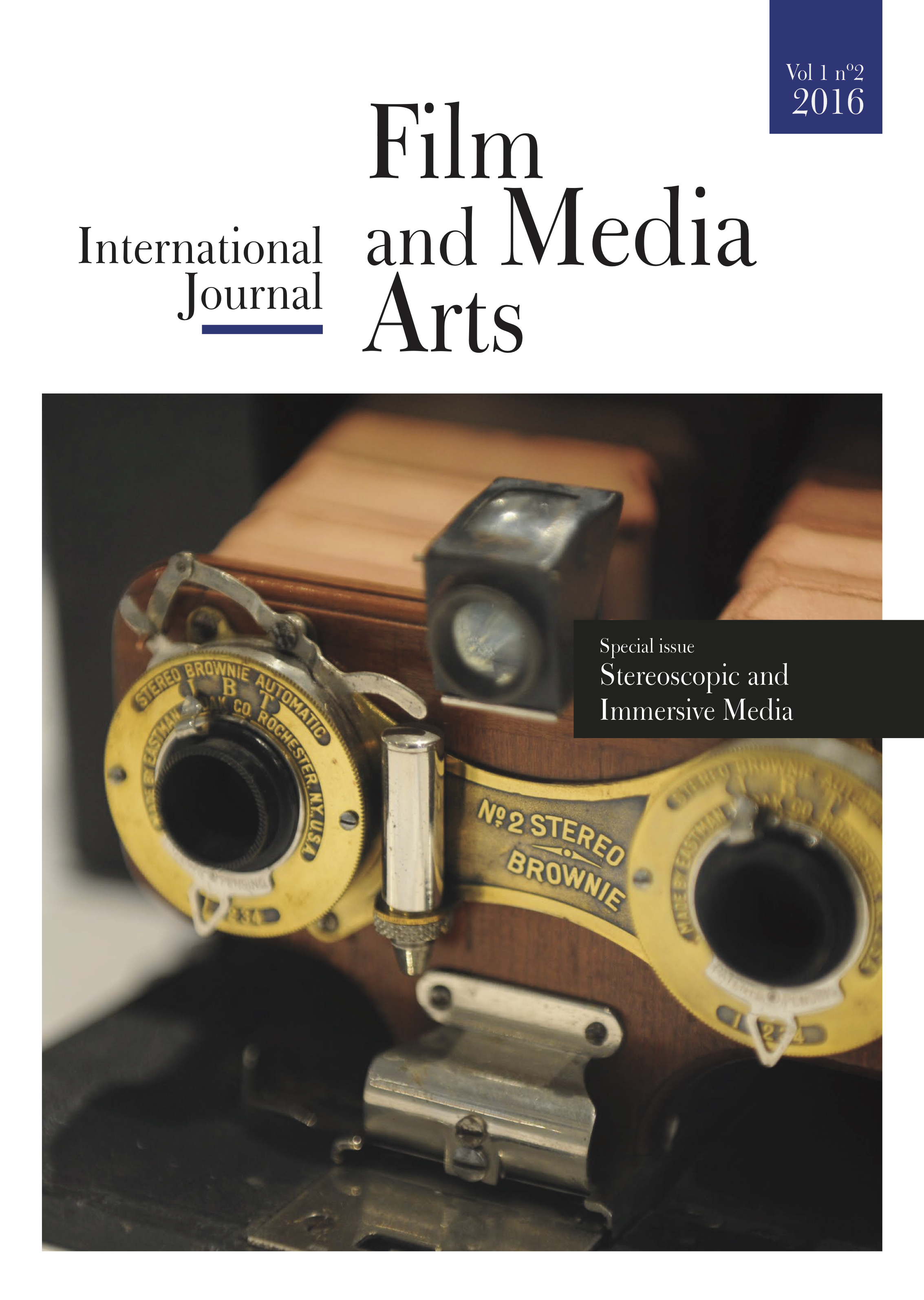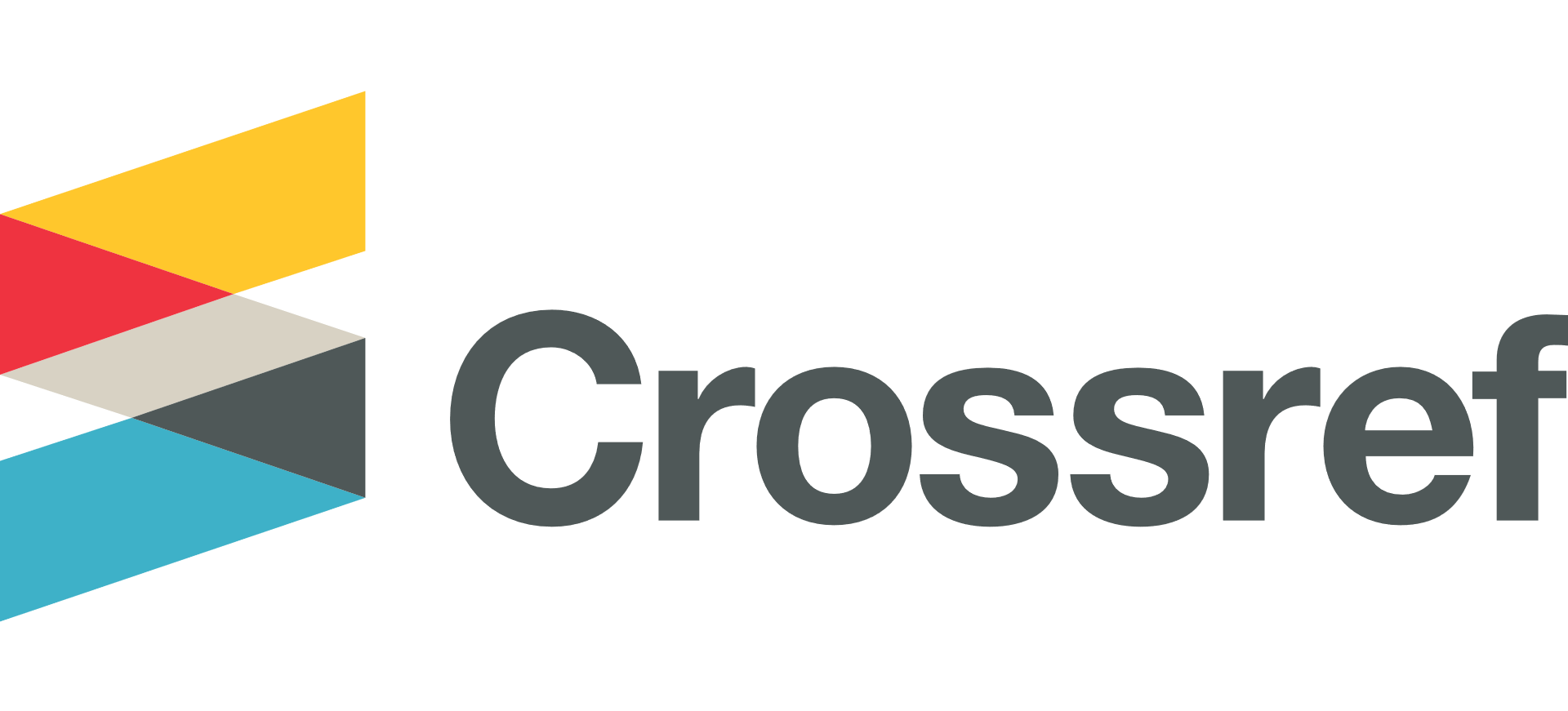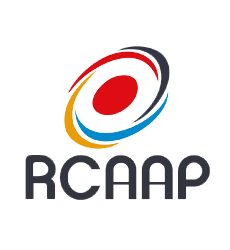Hacking Stereoscopic Vision: the Nineteenth-Century Culture of Critical Inquiry in Stereoscope Use
Abstract
While recent scholarship has emphasised the narratives of immersive realism that surrounded the parlour stereoscope, my aim in this paper is to better understand the counter-currents of nineteenth century stereoscopic culture – the artefacts, practices and discourses that powerfully undermined realist assumptions about spatial perception and the “truth” of stereoscopic representation. Wheatstone’s original stereoscopes were designed to “hack” spatial perception and subject each of its component principles to artificial manipulation. What Wheatstone uncovered were glaring anomalies in the prevailing theories of veridical sight, which had relied upon the principle of binocular convergence (understood as a precise trigonometric measure of depth). Following a popular tradition of critical inquiry known as “rational recreation,” amateurs too used their stereoscopes to reflect on the perplexities of binocular spatial perception. Analytic line drawings highlighted the inexplicable binocular suture of strikingly disparate images. Stereograms with their images transposed revealed the capacity of the mind to constitute volumetric objects irrespective of binocular cues. Hyper-stereo images (taken from a wide separation and therefore at an increased angle of binocular convergence) sparked debate and perceptual uncertainty as to whether their 3D effects, or indeed all stereograms, were distorted – elongated along the z axis and/or miniaturised. Realists, including some astronomers hoping to use hyper-stereo photographs as visual evidence of the shape of the moon’s surface, sought unsuccessfully to solve the problem of elongation by ensuring that the angles at which stereo photographs were taken were reproduced in the angles at which the eyes viewed them in the stereoscope. Astronomers were forced to quietly abandon the stereoscope as a reliable witness of spatial form. Others, artists in particular, revelled in the anti-realist implications of a spatial imagination which constructed the perceptual world in a sometimes capricious fashion.











